June 17, 2025 | 10:55 GMT +7
June 17, 2025 | 10:55 GMT +7
Hotline: 0913.378.918
June 17, 2025 | 10:55 GMT +7
Hotline: 0913.378.918

Durian after harvest at Dung Thai Son Company, Dak Lak province.
“Regarding the expectation of Minister Le Minh Hoan, the agricultural industry must change its mindset to create agricultural products that meet the needs of the market, or in other words, the industry needs to produce according to the signal of the market, avoid production following habit. To achieve that, durian producers must understand the tastes of Chinese consumers”, the Deputy Director of the SPS Vietnam Office opened up in the meeting with Vietnam Agriculture News.
Through business trips in the neighbour country as well as surveying durian growing areas and packing facilities, Mr Nam found that Chinese consumers often prefer to buy durian boxes, instead of buying individual fruits.
Before the harvest, the packaging specifications in durian boxes were transferred and handed over to the Vietnamese side by importers and distributors in China. The duties of the packing facilities, in addition to the phytosanitary treatment, to ensure that the packaging and labelling are as in the protocol, is to place the finished durian in a container and then refrigerate it at the right temperature.
According to Mr. Nam, ordinary consumers in China tend to buy durian boxes with 6 fruits inside, with a weight ranging from 18 - 20 kg. On average, the finished durian needs to reach an average weight of 3 - 3.5 kg.
That's what some big durian-producing countries like Thailand have done. Deputy Director Ngo Xuan Nam informed that 6 fruits in durian boxes originating from Thailand were quite similar in size, age at harvest, as well as external design. They satisfy almost all Chinese preferences.
However, this problem is currently a challenge for Vietnamese farmers. During the care process, our country tends to increase the use of fertilizers to stimulate large fruit. Surveying several large growing areas in Dak Lak province during a business trip this month, the leader of the SPS Vietnam Office commented, that the proportion of durian with a weight of 3.5 - 5 kg in Vietnam is quite large.
“If packing 6 such large fruits, the volume of durian boxes can be up to 25kg. That doesn't match the standard China wants. Even when exporting to a neighbour country, consumers are not willing to pay more for the part they consider to be more than their needs," said Mr Nam.
To bring durian deeper into the Chinese market and reach more Chinese customers, Mr. Nam recommends that gardeners pay attention to the uniformity of finished products when harvesting, and how to "fit 6 fruits in a 20 kg box".
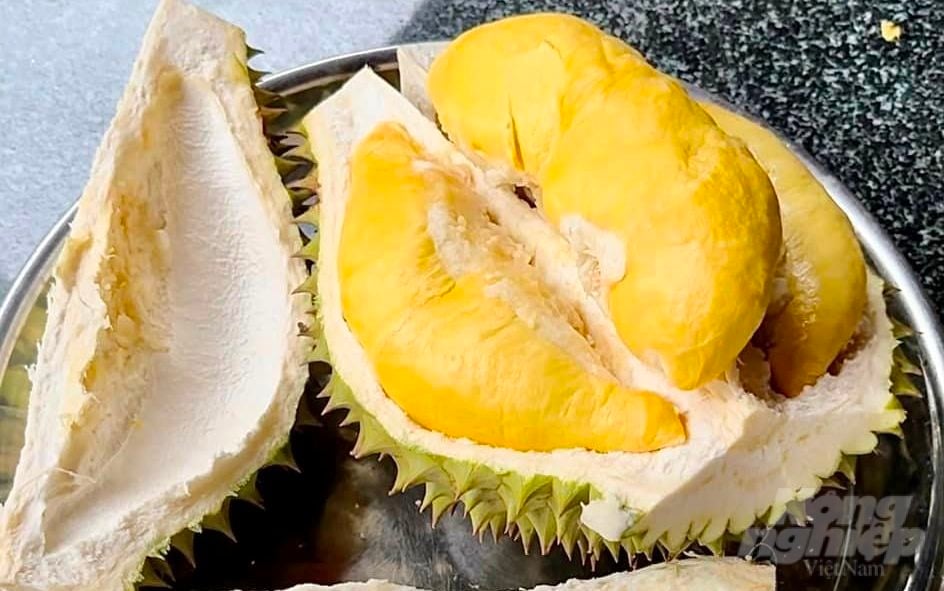
Durian is about to enter the main season, promising to help people increase their income significantly.
Another problem raised by the information centre about SPS in Vietnam is the control of the form and design of durian after harvest.
At present durian granaries, most people harvest by cutting and collecting durians with sacks. In addition to the risks associated with packaging and transportation, durian spines may be crushed.
Like other fruits, the outer surface of durian is a tough cuticle that protects the flesh of the fruit. Mr. Nam informed us if unfortunately the spines are crushed, the epidermis of the durian is broken, allowing moisture, and microorganisms to penetrate. In mild cases, this will lead to the loss of fresh taste of durian. Worse, it can cause rot and damage the fruit if left for a long time.
“From the time the durian is harvested at the garden to the delivery time, we must ensure that durians are not subject to physical damage. Due to its great economic value, durian needs to be guaranteed both in terms of quality and appearance. In case of stamping, the manufacturer must immediately discard the unsatisfactory products,” Mr. Nam continued.
The final issue is about the durian harvest time. According to calculations, the duration of durian from flowering to harvesting is about 100 days. Ripe durian trees are cut down around the 90th - 92nd day. Due to durian often ripening from the bottom up, if harvested, the durian will only have weight but it won't ensure the best taste. In some cases, it will not be ripe when it reaches the consumer. If harvested late, durian may ripen along the way, leading to shell cracking.
As a weather-sensitive fruit, durian can also be "crunchy" if it rains. This is a physiological disorder that causes the edible part (rice) to be hard, brown, not bright yellow in colour or uneven in colour. For example, with the Monthong variety, the rice is hard, discoloured or mushy; the Ri variety will mainly be too ripe, meaning that the rice will turn brown or deform.
Mr Ngo Xuan Nam recommended that, in addition to the measures to control the phenomenon of "crunchy", such as applying enough fertilizer, planting durian by clonal propagation method, strict water management, not letting the soil get too wet and the humidity gets too high, gardeners need to pay extra attention at the time of harvest. If it rains, people need to slow down the harvest time for a few days so that the fruit can grow back to normal. Otherwise, the product quality will be affected.
“In addition to complying with the provisions of the Protocol, people, cooperatives, businesses and the entire durian industry need to pay special attention to the tastes of the export market. Only then can we develop sustainably,” Mr Nam emphasized.
As for durian, the tastes of the Chinese market in particular and countries, in general, are favouring the fruits with a round shape, no matter how big or small. With such fruits, consumers always believe that there will be a lot of "rice" (edible portion). In addition, the fruit has many segments, with clearly visible rice on the outside is also a plus.
In terms of colour, it is necessary to calculate when the fruit reaches the consumer market, the durian will have a yellow-green skin, indicating that the fruit is about to ripen and the sweetness has just reached its peak. If the peel is bright yellow, it is too ripe; or if the peel is all green, it indicates that the fruit is not ripe, consumers will not pick them.
Translated by Hoang Duy
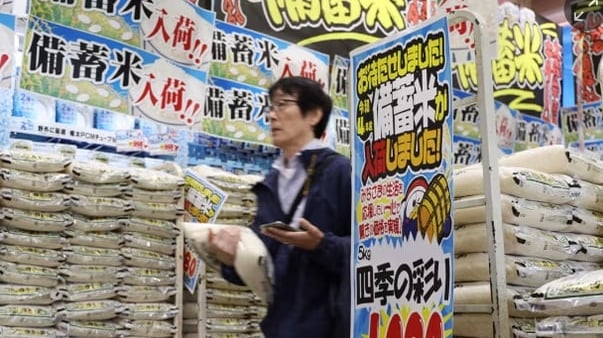
(VAN) The political and cultural insulation of Japan’s beloved grain is falling apart, and experts warn the country’s relationship with the staple will have to adapt.
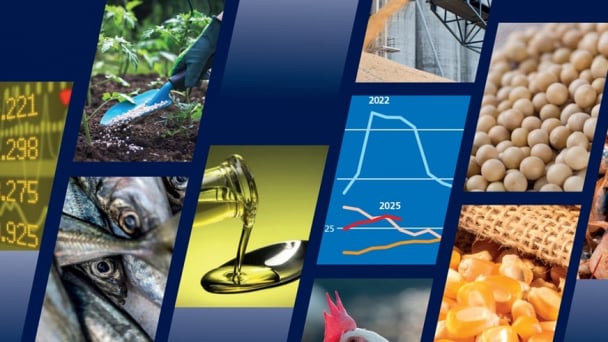
(VAN) Noting risks, report examines impacts of avian influenza, changing trade patterns since 2022, fish fraud, and shipping industry’s net-zero goals.
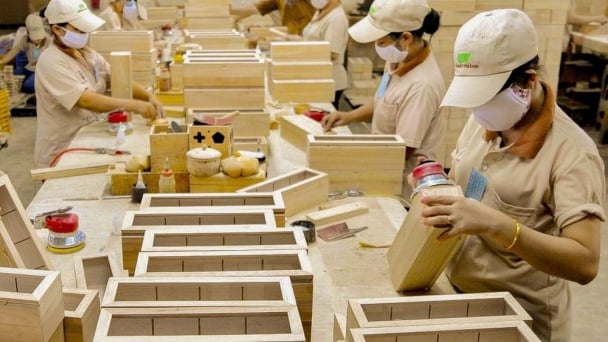
(VAN) Mr. Tran Quang Bao, General Director of the Forestry and Forest Protection Department, met and worked with the International Wood Products Association to promote cooperation in the field of timber trade.

(VAN) China's outbound shipments of rare earths in May jumped 23% on the month to their highest in a year, though Beijing's export curbs on some of the critical minerals halted some overseas sales.
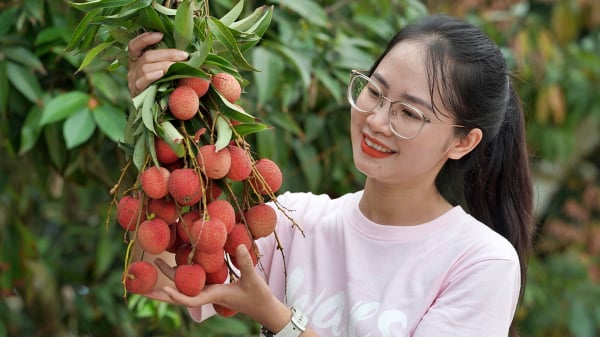
(VAN) To sustain capital flow, administrative reform alone is not enough; what farmers truly need is an ecosystem where both government and businesses grow together in support.
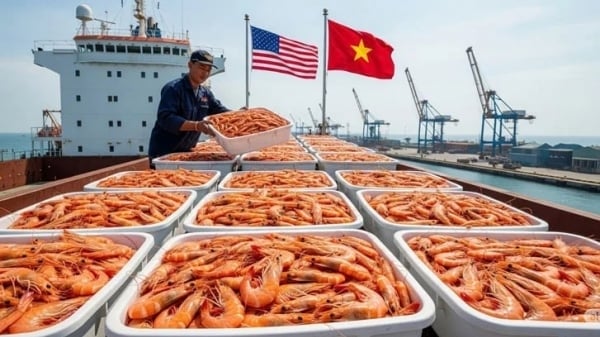
(VAN) Vietnam and the United States are proactively working together, each in their own way, to ensure that every container of agricultural goods carries not just products, but also long-term trust and value.

(VAN) Stores have started selling rice from the government’s stockpile to feed demand for the staple.